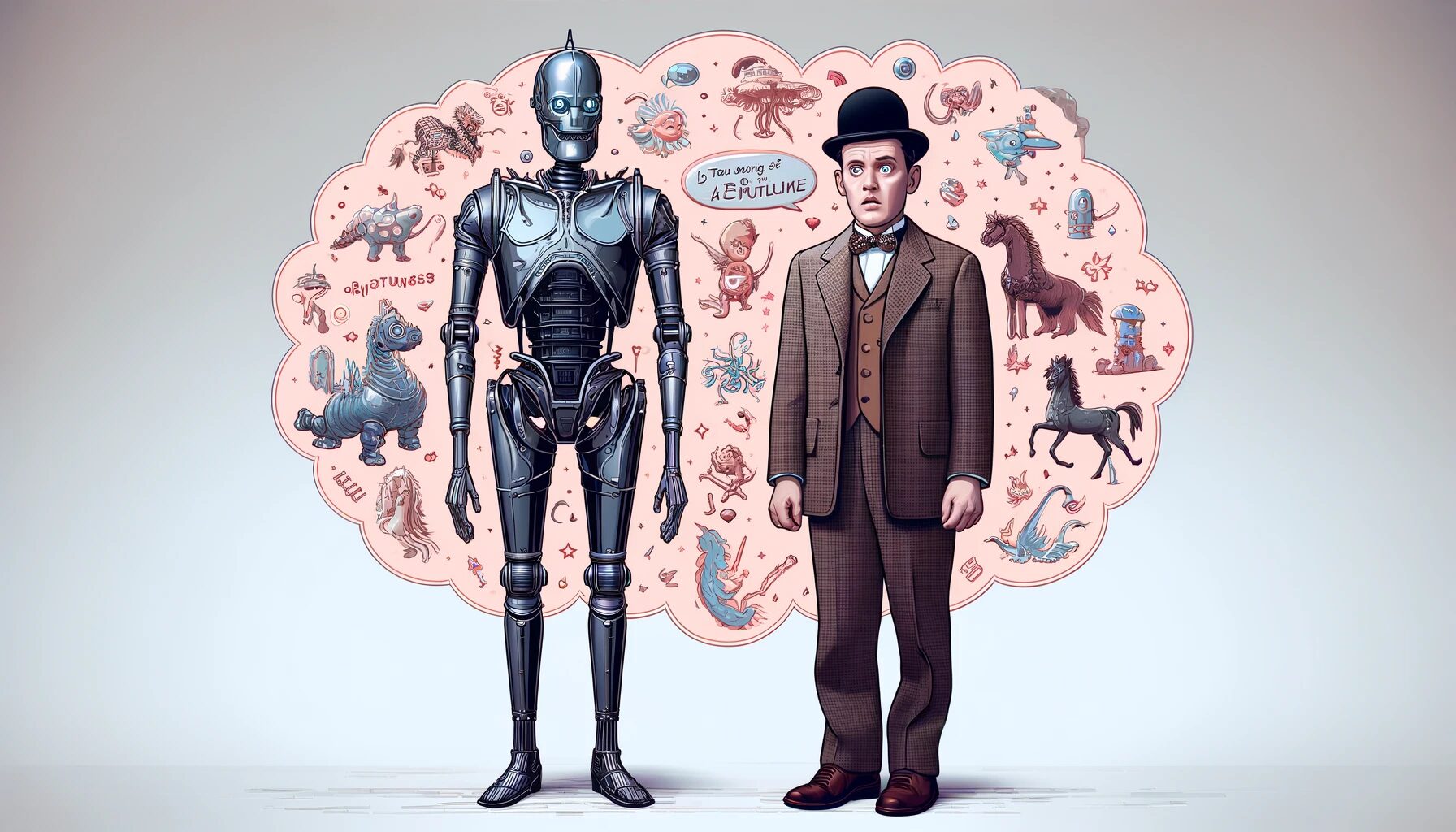In the realms of psychology and artificial intelligence, certain phenomena drastically influence how information is processed and errors are made. The Dunning-Kruger Effect and AI hallucinations are two such phenomena, each within its respective domain—human cognition and machine learning. Understanding these can provide us with crucial insights into the pitfalls of overconfidence and misinformation in decision-making processes.
Understanding the Dunning-Kruger Effect
The Dunning-Kruger Effect, first identified by psychologists David Dunning and Justin Kruger in 1999, describes a form of cognitive bias where individuals with minimal knowledge or ability in a domain overestimate their own competence. Originating from a series of experiments, this effect highlights a paradox: the less knowledgeable people are, the more confident they seem to be in their own skills. This can lead to significant misjudgments in their capabilities, impacting their performance and decisions.
Exploring AI Hallucinations
Parallel to human cognitive biases, AI models, especially large language models like GPT-3, exhibit a phenomenon known as ‘hallucination.’ In this context, hallucination refers to the generation of information that is not only incorrect but often presented with a high confidence level. This occurs despite no supporting data within the training set, resulting from the AI’s inability to fully understand context or the nuances of human languages. These errors can mislead users and skew the reliability of AI systems.
Drawing Parallels
Both the Dunning-Kruger Effect and AI hallucinations involve the presentation of incorrect information with high confidence. In humans, this manifests as overestimating one’s capabilities due to a lack of self-awareness. In AI, it surfaces as confident assertions based on flawed data interpretation or gaps in data. These similarities underscore a broader theme of how systems—biological or artificial—handle the limits of their knowledge and the repercussions of these limitations.
Mitigating Risks in Human Cognition and AI Systems
Addressing these issues requires targeted strategies. For the Dunning-Kruger Effect, educational interventions that increase awareness and encourage self-assessment can reduce overconfidence. In the realm of AI, improving model architecture, enhancing data quality, and implementing robust validation techniques can decrease the incidence of hallucinations. Both approaches aim to refine the process of knowledge evaluation and decision-making.
Case Studies
- Human Aspect: Studies in educational settings reveal that continuous feedback and challenging examinations can help students accurately assess their own knowledge and skills, combating the Dunning-Kruger Effect.
- AI Aspect: Recent advancements in AI training protocols demonstrate how iterative testing and integration of feedback loops significantly reduce error rates, including hallucinations in outputs from models like GPT-3 and 4.
Conclusion
The exploration of the Dunning-Kruger Effect and AI hallucinations reveals fundamental challenges in both human and artificial systems. These challenges revolve around the critical issue of “unknown unknowns”—areas where the lack of knowledge is itself unseen. By studying these phenomena and applying rigorous corrective measures, we can enhance both human and machine capabilities in decision-making and information processing.
